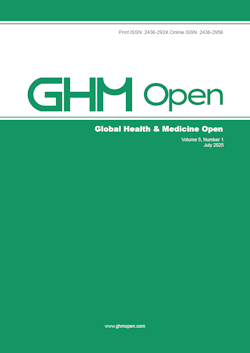Do hilar clamping and renorrhaphy influence postoperative renal function after partial nephrectomy?
Nakamura M, Tsuru I, Shiga Y, Kameyama S
Preservation of renal function is an important goal of partial nephrectomy (PN) for renal tumors. Several attempts to preserve postoperative renal function, including hilar control surgery and omission of renal cortical renorrhaphy, have been reported, but the influence of each procedure remains controversial. We conducted a literature review based on PubMed to summarize the current situation and clarify the influence of each procedure on postoperative renal function. Effects of hilar control, omitting renorrhaphy, and a combination of both on post-PN renal function were reviewed. While hilar clamping does not influence postoperative renal function, cortical renorrhaphy tends to deteriorate. Parenchymal ischemia/reperfusion by hilar clamping leads to acute kidney injury through production of radical oxygen species. Recent randomized controlled studies, however, showed no differences in the postoperative renal function between on- and off-clamp laparoscopic PN. Finally, the effects of soft coagulation on renal parenchymal denaturation and postoperative renal function were reviewed. Although soft coagulation can lead to denaturation and necrosis of the renal parenchyma, the shortened warm ischemic time might positively affect postoperative renal function. In conclusion, off-clamp, non-renorrhaphy PN is feasible and safe for small renal tumors. Renorrhaphy, but not hilar clamping, tends to worsen postoperative renal function.







